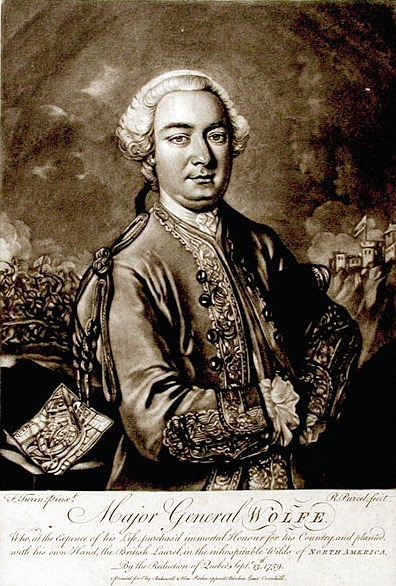JEFFREY BROWN: And we explore our growing understanding of Jamestown now with Karen Kupperman, professor of history at New York University. She's written widely about early American settlements and is author of "The Jamestown Project."Karen Kupperman, who were these people? And what does the new archaeology tell us about their experience?
KAREN KUPPERMAN, History Professor, New York University: Well, as the piece said, there were around about 100 men and boys. There were several boys at Jamestown, and they played very important roles, actually.
And they came, I think, principally to set up a trade post. I think that was what they were hoping to do. I don't think the English initially thought in terms of colonization. Colonization was very, very expensive. And in the English case, every expedition, every ship had to be paid for by private investment.
So the investors were looking to find a product in America that they could get in trade with the Indians and keep a very small, permanent contingent here, I think.
JEFFREY BROWN: And what about their experience is new? What has changed in our thinking, in your thinking about this?
KAREN KUPPERMAN: Well, the archaeology is extremely important, because it shows us, as Bill Kelso said, that the colonists are, from the beginning, engaged in really purposeful activity. They're making products that the Indians want. They brought sheets of copper with them, and they're actually making items to Indian specifications.
And the archaeologists have not only found evidence of that within the fort, but they've also found Jamestown made items in Powhatan's capital, at Werowocomoco, for example. So there's evidence of all kinds of activity that's going on. So they really are, through trial and error, trying to build the kind of economic base that the company was asking them to.







